‘Stains and Scratches’ by Deimantas Narkevičius at National Gallery of Art in Vilnius
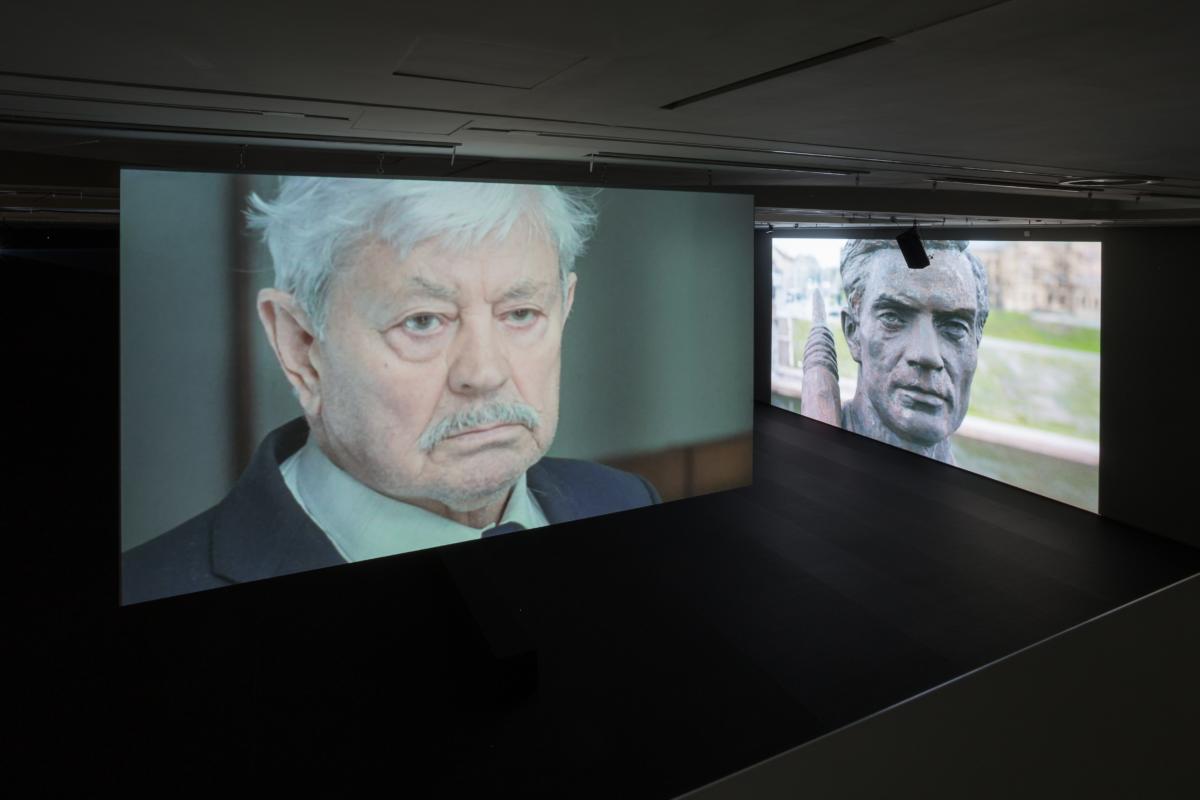
This exhibition presents an installation of five films by the Lithuanian artist Deimantas Narkevičius. It includes the première of his “Stains and Scratches”, a montage of moving images evoking the underground staging, among Vilnius students, of the Tim Rice and Andrew Lloyd Webber rock opera Jesus Christ Superstar at the beginning of the 1970s. It was a legendary albeit not very publicized event in Soviet-era alternative culture. Narkevičius’ film “07.20.2015”, made just one year ago and acknowledged at the international Oberhausen Film Festival, which documents the sharply contested dismantling of the Soviet sculptures from the Green Bridge in Vilnius is being shown here for the first-time. Both works are shot in 3D and open up unique perceptual experiences in the gallery spaces. The leitmotifs and imagery of these new stereoscopic films are consolidated by his earlier works, such as the “Countryman” (2002) featuring two faltering monologues: one, of the young sculptor responsible for the monument to the post-war resistance General Jonas Žemaitis; the other, of a young girl recently emigrated from Lithuania; “Revisiting Solaris” (2007) starring Donatas Banionis (Kris Kelvin in Andrey Tarkovsky’s “Solaris”) taking on the famous science fiction novel and film about specters of memory; and “The Dud Effect” (2008), staging the launch of an atomic missile from a Soviet military base that was operating in Lithuania till the 1970s, with the participation of a military officer who had served there.



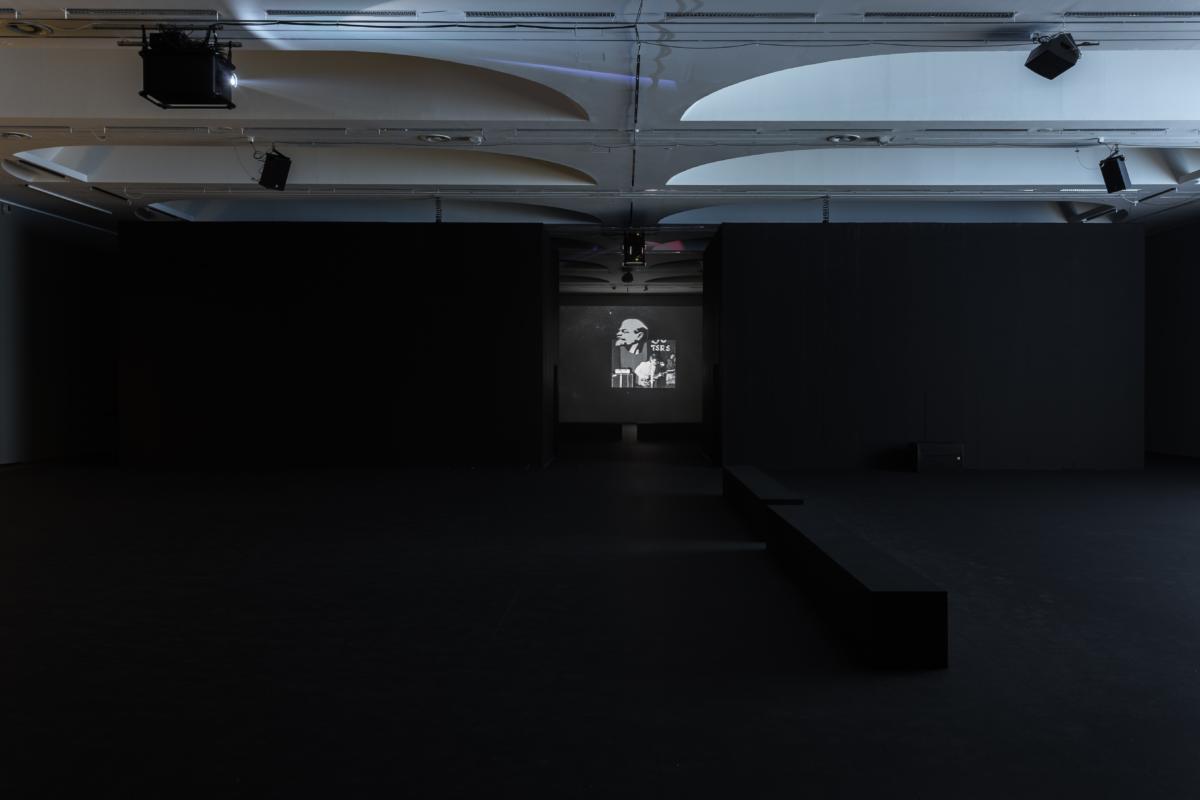
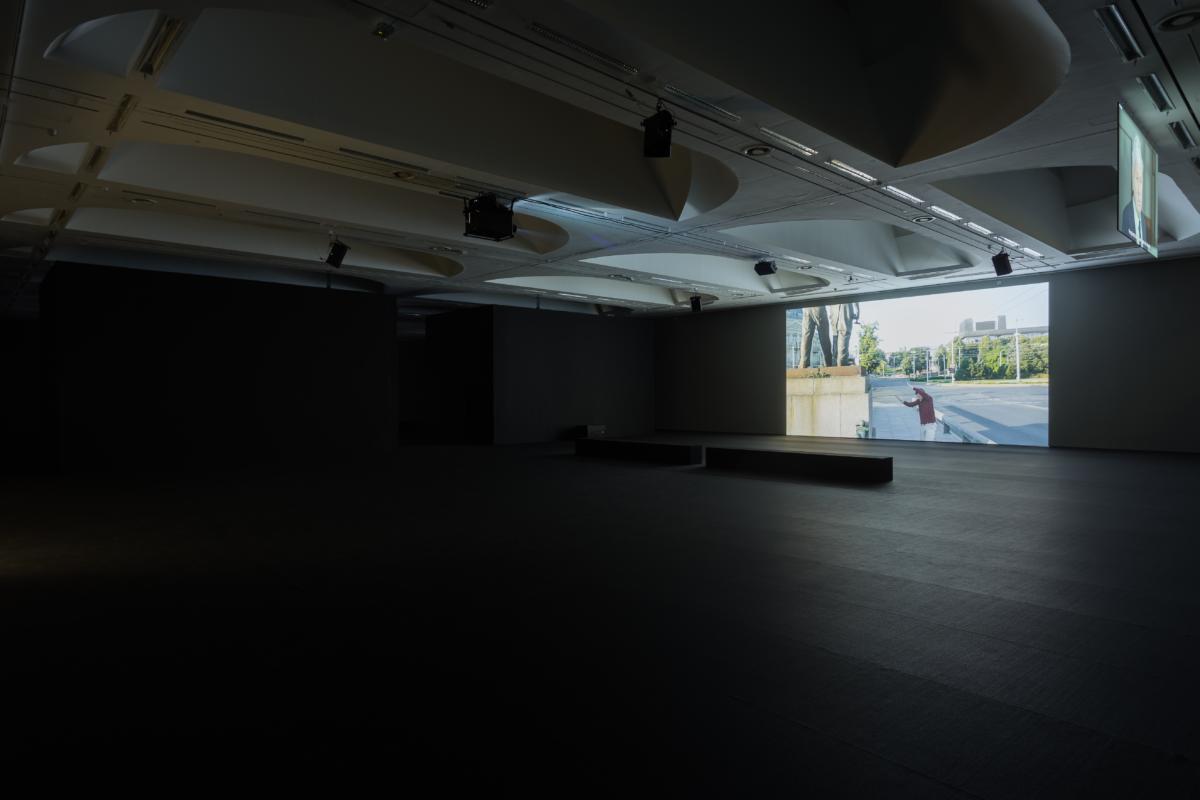

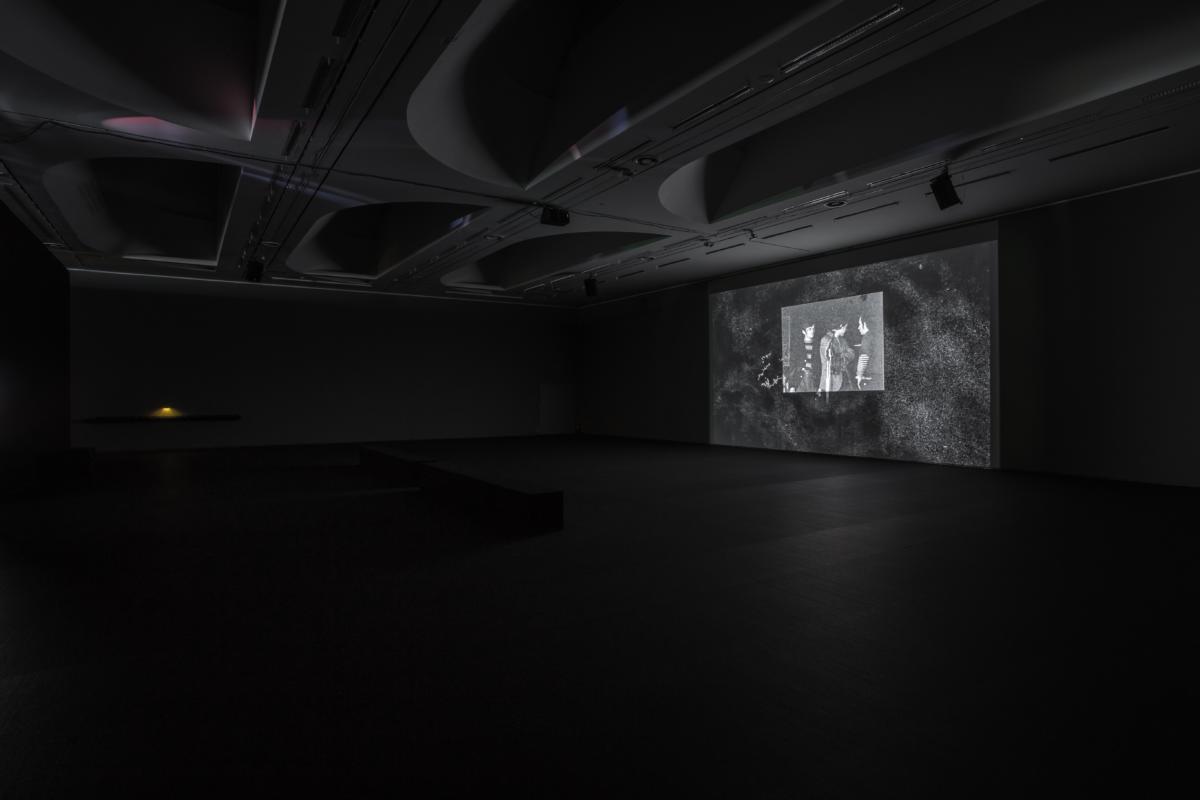
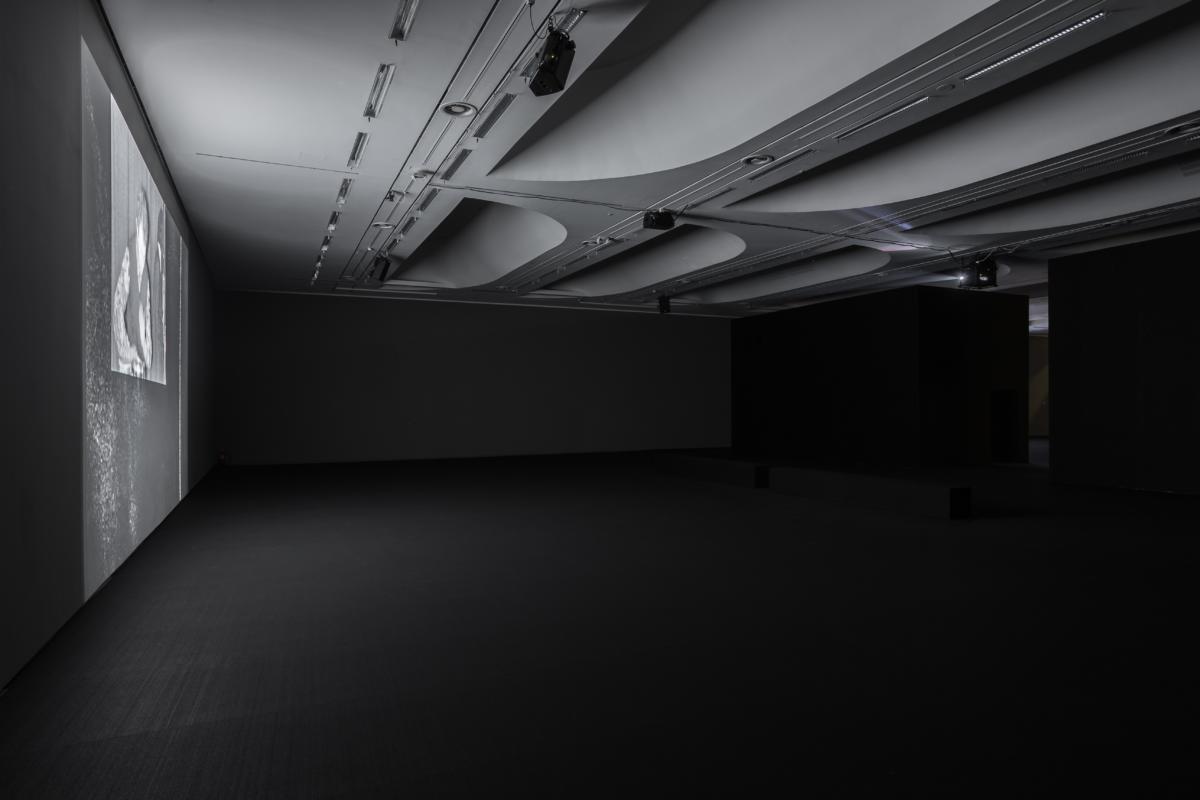
The exhibition space has been transformed into a “black box” by architect Gintaras Kuginis: its architectural elements, 3D images coming off the screen and the spatial montage of films in the gallery, is an integral structure of the overall project that constitutes an unusual site – not of a typical cinema, but a filmic architectonics. Counter-posing conventional single-channel and fantastic (stereoscopic) film viewing modes in the common space highlights the duality of seeing and perceiving: the perpetual interconnection between what is real and virtual (artificially constructed, imposed) that affects everyday life and human consciousness.
The exhibition underlines the basic conceptual grounding of Narkevičius’ creative work in discourses of memory and utopia with his urgent interventions of present-day inquiry. He foregrounds his living memory with that of his actors and many of the works’ viewers about the traumatic Soviet past and a distorted utopia of Modernity. The works critically address the friction between personal and collective memory and the present, and the politicization of relations with monuments that perpetuate [our] collective memories.


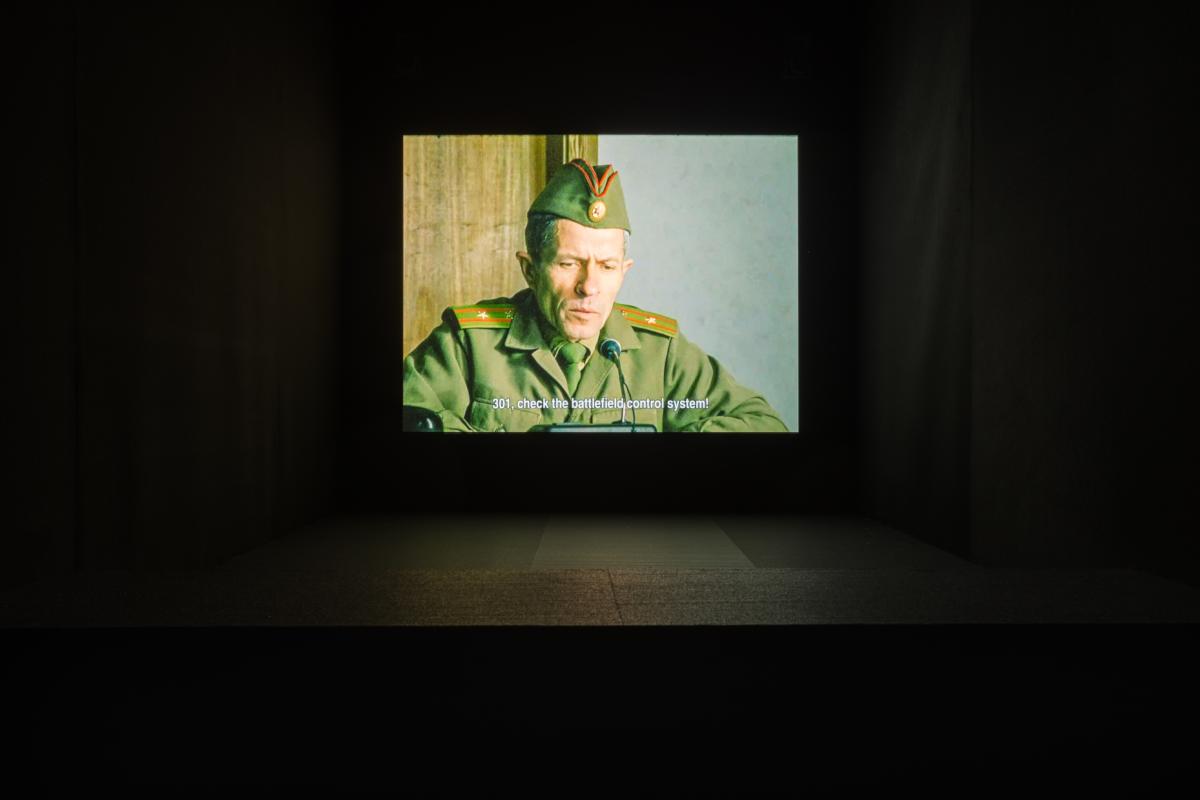




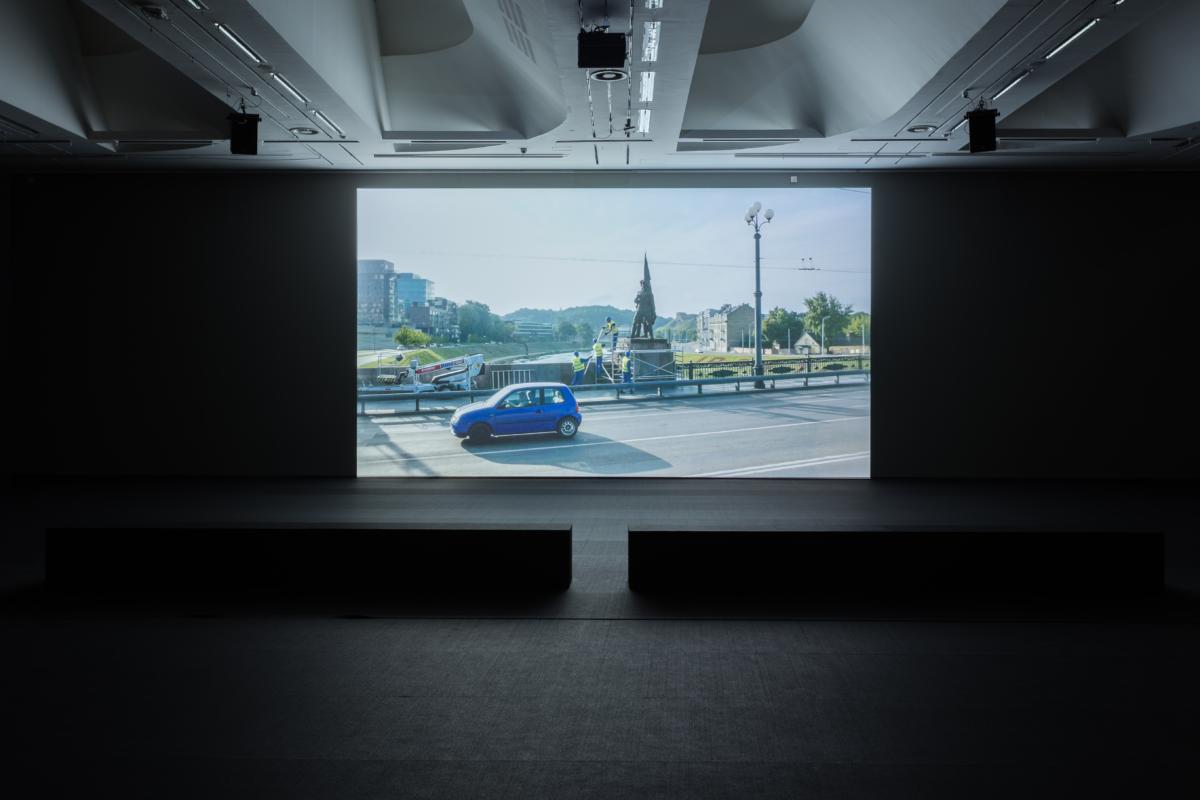
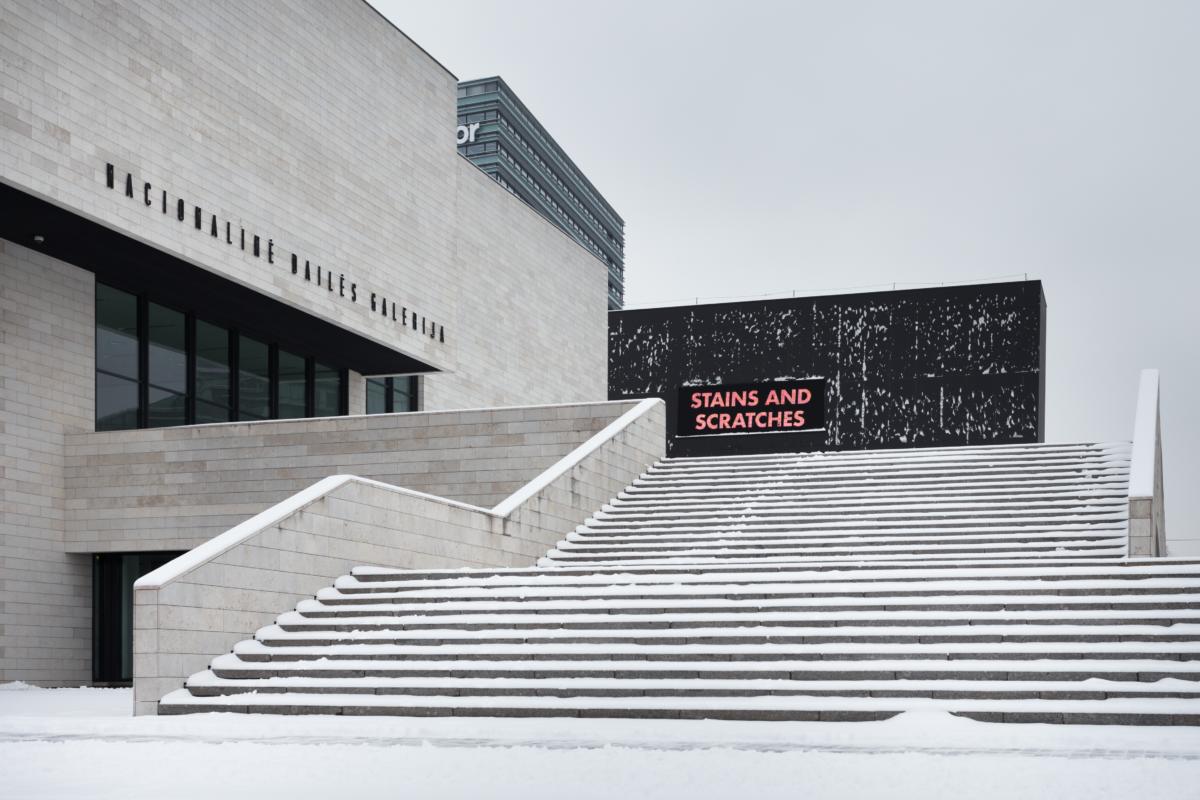
Memory and utopia in Narkevičius’ films are surprisingly vivid and tangible – they are recorded in specific media and unfold through telltale images. Recollections are most often driven by works of art (sculptures, photographs, films, music) addressing the present from the past with traces of time imprinted in their body, through scratches, cracks, rust, dark or blurred spots, interruptions, missing parts, and so on. Their modern utopia also has its medium – it is (still) broadcast by the annoying apparatuses of the technical age, their remains and their ever daunting ruins. Only the present in these films has no definite contours and is more fluid and diffusive. As an immeasurable formation or a segment of something bigger, the present appears in the long sequences depicting the city or natural landscapes, and it consolidates and melts again in intimate stories; and eventually vanishes in the black frame supporting the floating archival images. It is a picture of the post-utopian state of the present and its complex relations, in an impossible double bind (to paraphrase the philosopher Bruno Latour) with the past-and-the-future. In his works, Narkevičius purposefully personalizes this bind: he often appears, as an actor, on the screen himself and involves the actual participants of the past events he’s depicting, thus constructing a proactive, performative relation to memory. Together with his film characters he tries out various techniques and strategies of remembering: from submissive repetition to disturbing doubt and protest – often pregnant, suspended as potential, just ripening, as in the crowd of students rocking in oblivion and performing freedom in a Soviet institute. Equally, interruptive and almost obscure, are the eccentric gestures of the cameraman Audrius Kemežys, (a long-time associate of Narkevičius from his very first film in 1997) exercised on the scene of dismantling of sculptures from the Green Bridge. In the present-day public space that appears to be utterly indifferent to this politically electric action, technical movements virtually required for the calibration of film cameras acquire a meaning of an individual protest.
Lolita Jablonskienė
Imprint
| Artist | Deimantas Narkevičius |
| Exhibition | Stains and Scratches |
| Place / venue | National Gallery of Art in Vilnius |
| Dates | December 28, 2017 - February 25, 2018 |
| Curated by | Lolita Jablonskienė |
| Photos | Andrej Vasilenko |
| Website | www.ndg.lt |
| Index | Deimantas Narkevičius Lolita Jablonskienė National Gallery of Art in Vilnius |
